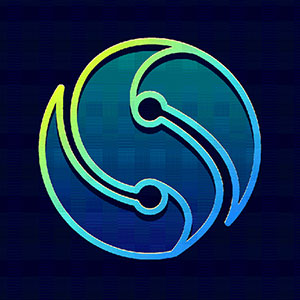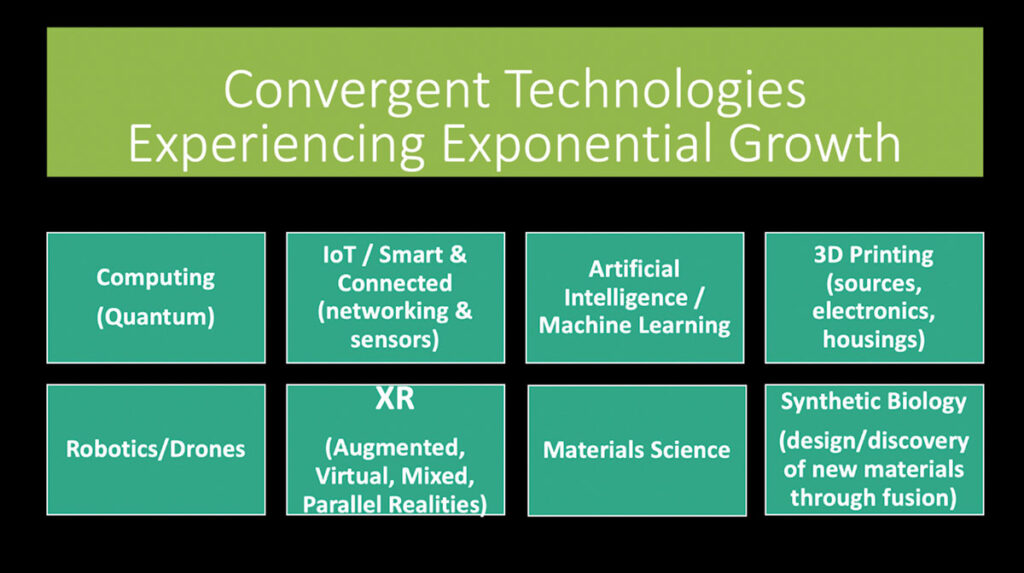Prepping for the next revolution
By Mark Lien
 The evidence is convincing. The next revolution is under way. It is global. Light + Building in Germany this year provided an international perspective (more on that later). The SSL revolution was our rehearsal. The lighting industry won with a fast market conversion and impressive energy reductions. There is now a stillness in our industry just before the next challenge tests us again. This is the time to prepare.
The evidence is convincing. The next revolution is under way. It is global. Light + Building in Germany this year provided an international perspective (more on that later). The SSL revolution was our rehearsal. The lighting industry won with a fast market conversion and impressive energy reductions. There is now a stillness in our industry just before the next challenge tests us again. This is the time to prepare.
Are we ready as an industry, as companies or as organizations? Are you ready as an individual, learning what you need to know to survive or ideally benefit? It is encouraging that we have time now to best position ourselves. It is discouraging that we are not working together to address the imminent changes. We are stronger working together and sharing resources.
The next revolution will make the SSL transition seem slow even though the lighting industry morphed into part of the electronics industry and unified the world to embrace a new light source in just over a decade’s time. The next revolution is convergence. Lighting is converging with eight technologies that are in exponential growth mode.
Their relationship to lighting is not intuitive. Understanding the nature of what is coming will benefit those who prepare, differentiating themselves from the victims. We are not dealing with one new technology like with LEDs. For estimates sake, plan on this revolution coming eight times faster. These technologies are not only growing rapidly and converging with lighting but also converging with each other. There will be many unexpected convergent consequences.
Figure 1 reveals the eight technologies. How we prepare individually is by continuous education. New and relevant knowledge should guide us and our companies. Who is watching out for our industry? Lighting is a relatively small industry compared to others in the built environment. We need to unite to be a force of change. That is why we have industry organizations. When these organizations are healthy, they strengthen their industry for all stakeholders. They can share best practices, alert members to upcoming trends, and write standards that take control of the technologies in their industry, rather than allowing others to control their destiny.

Many of our industry organizations are struggling. In the U.S., there is a proprietary corporate mindset fighting for a piece of the industry’s pie. Industry organizations work to make the pie larger, and everyone benefits. We are just not a large enough industry to work in silos. This divides us and divided we fail. Proprietary approaches are exclusionary. They eliminate synergies and waste resources through redundancy. Are you supporting the non-profit lighting organizations that are supporting you?
Part of what makes our technology convergence even more dramatic is that as new market leaders emerge, our traditional industry declines. Molson Brewing is now Molson Beverage Company. Beer sales were slowing but still strong as they adapted to new market conditions. They now sell more flavored waters and energy drinks than beer. Now that LEDs are commodities, the profits have declined to the point that adapting will be much harder than if investments had been made to transition while profits were high. This weakened state enables the well-funded companies from other trades to grow in our market. An early interest of these new players has been in unifying device controls including lighting into a simplified system.
Our mature lighting market has no significant innovation, and most research on LEDs has ceased. This enables other industries to resolve the light & health and horticulture mysteries and to harvest those benefits. Did you ever play a slot machine and put in coin after coin hoping that at some point you would get them all back with a big win, only to end up walking away knowing you were supporting someone else’s big win? The lighting industry opportunities will be a jackpot for those best equipped to provide light & health and horticultural recommendations.
It’s not just us. Light + Building in Germany this year validated that the global lighting market has ceased to be technologically innovative. There is innovation in the design of products that utilize the unique characteristics of the LED source rather than mimicking previous form factors. Fun and functional curved and edge-lit thin products in various materials are a welcome improvement. There is innovation through fusion of technologies. Innovation is fusion. We make nothing, only combine things in new and different ways. At this show, the technological advancements were in trades that were then fused with lighting. Thin-film solar on the top of thin exterior LED luminaires could eliminate those huge solar panels mounted atop poles. Thinner and more efficient solar films are a technological advancement, and they are poised to increase in efficiency soon. Solar paint or solar film on the pole surface offers further generating capacity for higher wattage fixtures. These advancements pair well with LED lighting. The show fell victim to COVID in 2020 so was last held in 2018. Based on attendance it was 58% smaller. Smaller events tend to be more collegial with more time for valuable networking. Light + Building is an amusement park for lighting professionals and with your ticket you can ride all day for five days. Light + Building is a compelling and valuable attraction even in its reduced state.
Upon returning from Light + Building I headed to the IES Street & Area Lighting Conference (SALC). If you were among the 600-plus participants, you experienced one of the best SALCs of the past couple of decades. Most of the speakers were keynote caliber and all distilled their learning curves and experiences into brief presentations that flowed seamlessly. All attendees share a ballroom and benefit from sharing every session without competing educational tracks. Having shared the same talk prompts informed discussions about the topics. This occurs at the lunch tables, on breaks and throughout the trade show, where tables were placed for networking. SALC is one of the most welcoming and collegial conferences every year, but the 2022 vibe combined with stellar speakers is setting a high bar.
October is the busiest month for conferences and other industry events. Just as my cat was forgiving me for leaving twice, I left for the Mt. Sinai Icahn School of Medicine Light and Health Research Center (LHRC) Open House. This new facility is not far from the RPI Lighting Research Center where many of the LHRC staff came from. Mariana Figueiro and Mark Rea hosted the Open House with invited guests and LHRC partners. I confess to a personal bias as I value Rea and Figueiro’s contributions to, and concern for, our lighting industry and I like them both. The divisions in our industry over the circadian metrics have not escaped me but the LHRC is so much more than that. The list of projects, mostly funded through multiple government programs, is diverse and impressive. The new facility looks like a playground for lighting geeks but is conducting multiple research projects that will benefit the public and the lighting community. I felt fortunate to be invited and will try to explain this to my cat.
So, the next lighting revolution is under way. There were new products converging with lighting at Light + Building. The SALC attendance portends well for that market sector, now faced with considering what is next after the exterior LED conversions have exceeded 90% by 2025. The LHRC shows us that smart people can attract government funding for valuable research that helps the lighting community and the public at large. The trajectory of our industry is clear. LEDs will be the light source for at least the next decade. Light & health recommendations offer the exciting prospect of converting all luminaires to those that promote good health, not just productivity. Lighting conferences like the SALC can still provide relevant and valuable content for continuous learning. The opportunities from this revolution are legion but be alert, they may not come from the direction we are anticipating.
